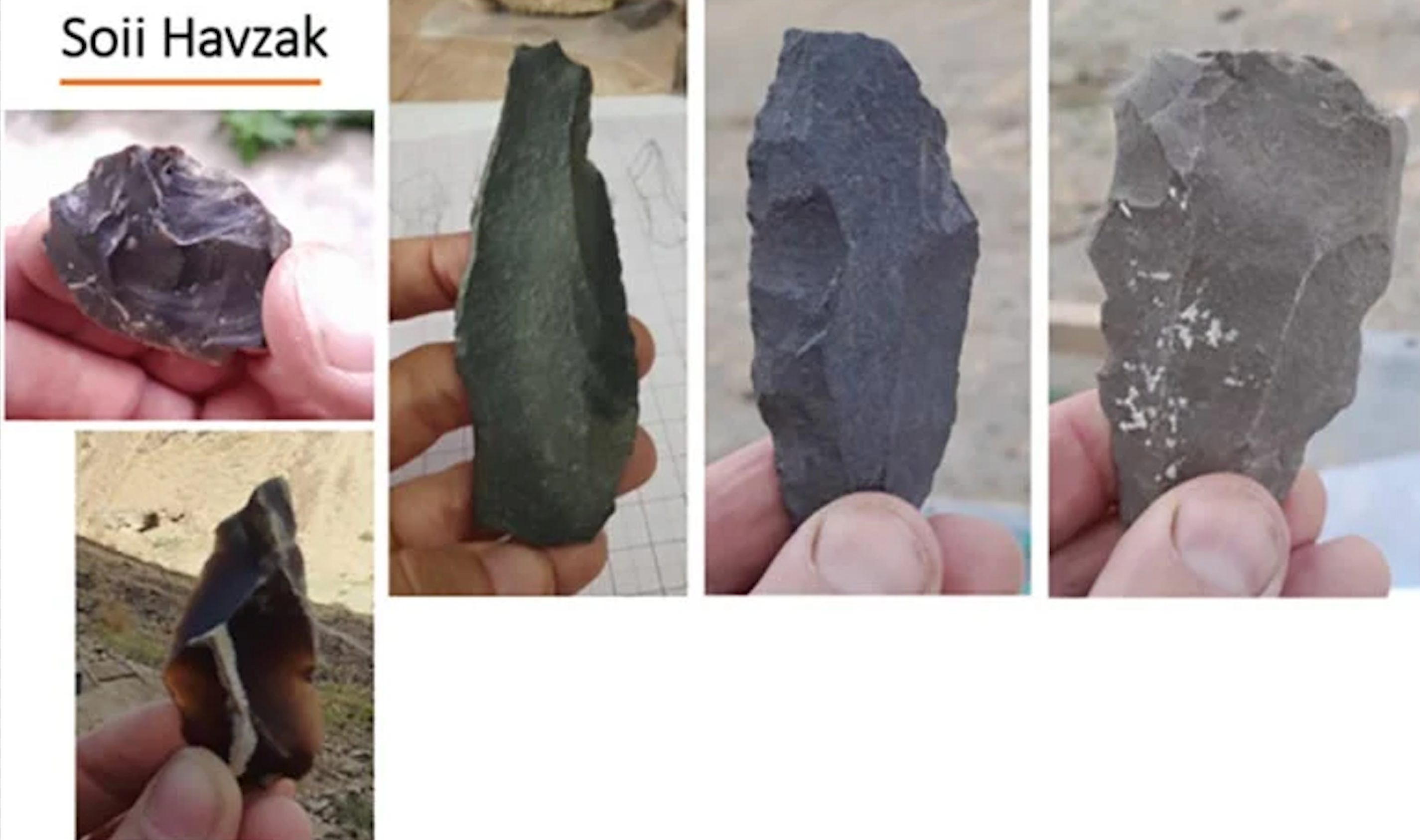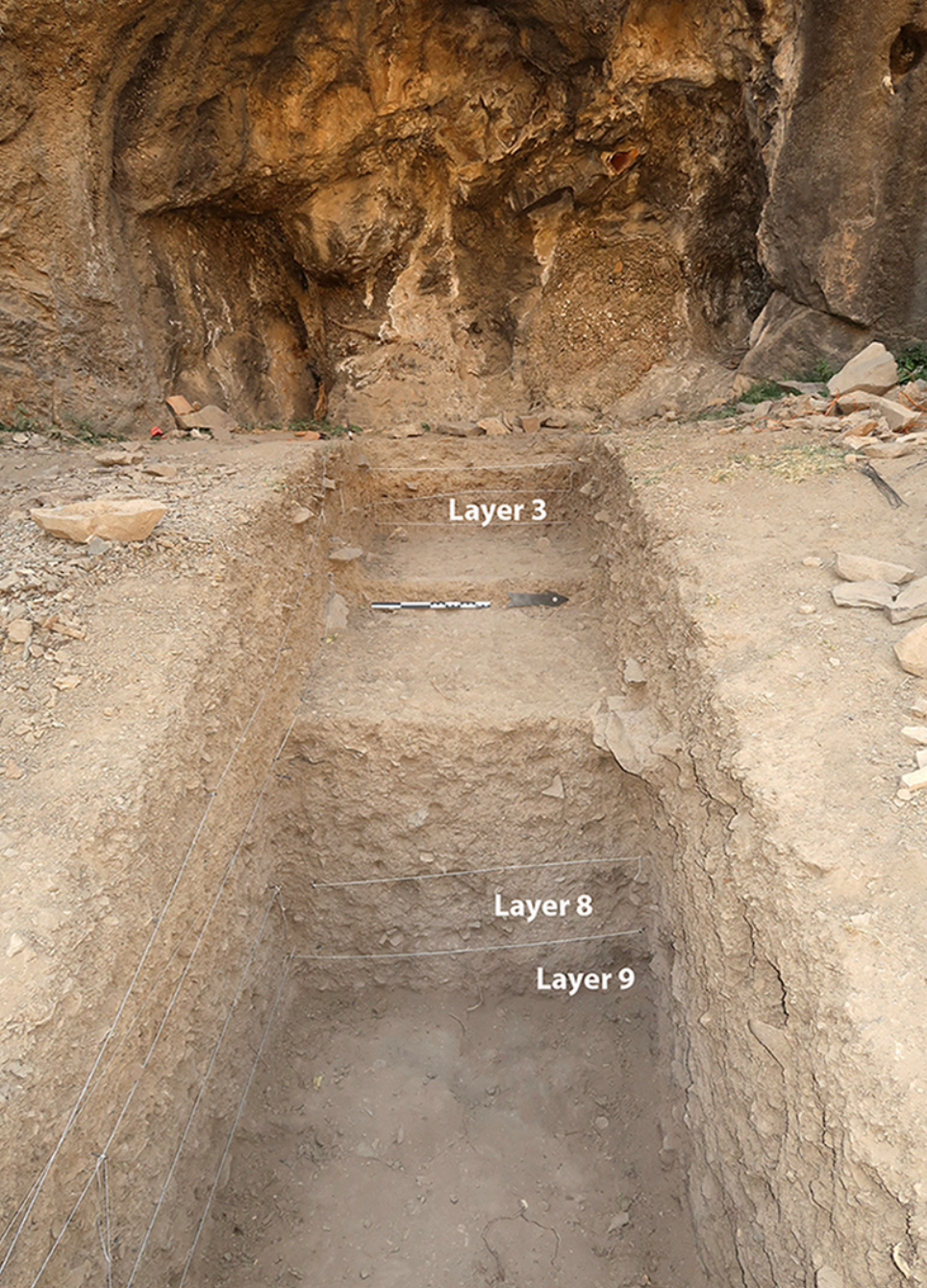A newly unearthed archaeological site in Tajikistan dating to as far as 150,000 years ago played a key role in the migration and development of early humans and their ancestors to Central Asia, researchers say.
Several human species, including modern Homo sapiens, Neanderthals, or Denisovans may have coexisted in this part of Tajikistan’s Zeravshan Valley, which likely served as a migration route to Asia, according to the study published in the journal Antiquity.
“It turns out that the Zeravshan Valley, known primarily as a Silk Road route in the Middle Ages, was a key route for human expansion long before that,” study co-author Yossi Zaidner said.
In a recent dig at the archaeological site known as Soii Havzak, scientists uncovered an array of stone tools, animal bones, and ancient vegetation.
The excavations at three different areas of the site unearthed layers of human activity dating back to various periods between 20,000 and 150,000 years ago.
These remains, according to researchers, offer clues to the ancient climate and environment, as well as the potential for discovering different human species that inhabited the region.

Well-preserved remains of organic materials like burnt wood and bones make the site “remarkable” for understanding the area’s ancient environment, scientists say.
“This allows us to reconstruct the region’s ancient climate and provides hope that further excavations might reveal clues about human biology in the region,” Dr Zaidner said.
“This is crucial for understanding the development of human populations and behaviour in Central Asia,” he said.
Archaeologists believe further excavations in the area may reveal how populations of ancient human species likely interacted with each other.

This mountainous corridor of Central Asia, they say, could have served as a key transition point for prehistoric human populations to spread across vast regions.
“We hope that ongoing research at this site will reveal new insights into how different human groups – like modern humans, Neanderthals and Denisovans – may have interacted in this region,” Dr Zaidner said.
Scientists hope ongoing studies to continue over the coming years can deepen our understanding of human migration and interaction in this critical region.







